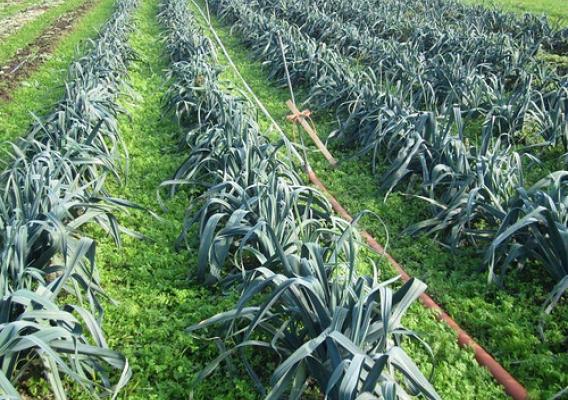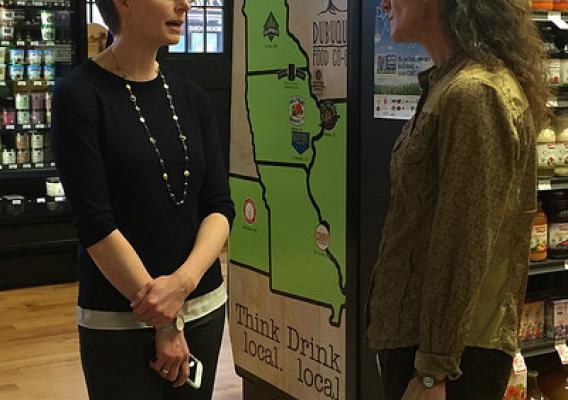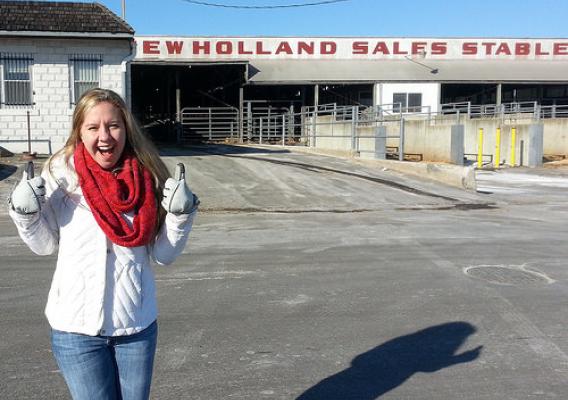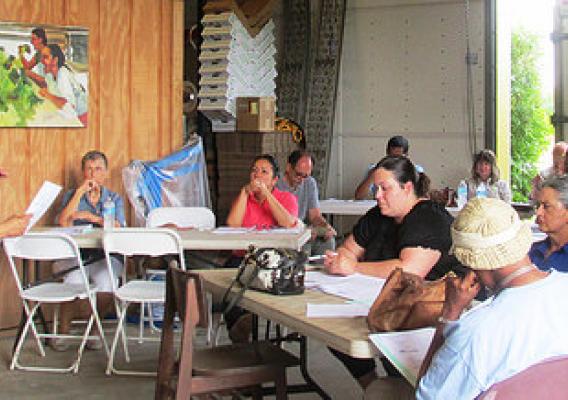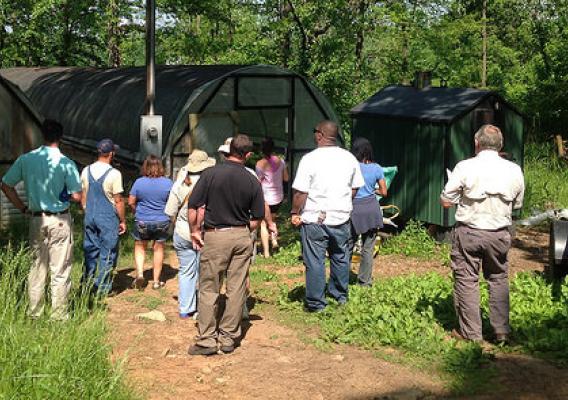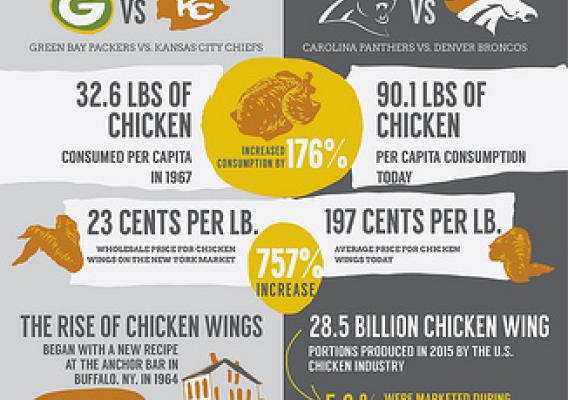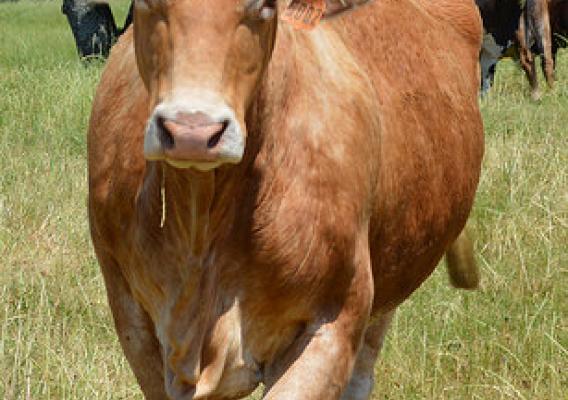March is National Nutrition Month. Throughout the month, USDA will be highlighting results of our efforts to improve access to safe, healthy food for all Americans and supporting the health of our next generation.
USDA’s Agricultural Marketing Service (AMS) purchases nearly 100 million pounds of boneless and ground beef each year for distribution through Federal nutrition assistance programs, including the National School Lunch Program. AMS works tirelessly with producers, processors, and other federal and state officials to ensure that beef delivered to program recipients is safe and nutritious.
The products we purchase support American agriculture through domestic-only purchases that are delivered to schools, food banks, and households in communities across the country. These purchases are a vital component of our nation’s food security program. The Food Safety and Commodity Specifications Division – part of the AMS Livestock, Poultry, and Seed program – sets standards and provides testing and oversight for these purchases.


